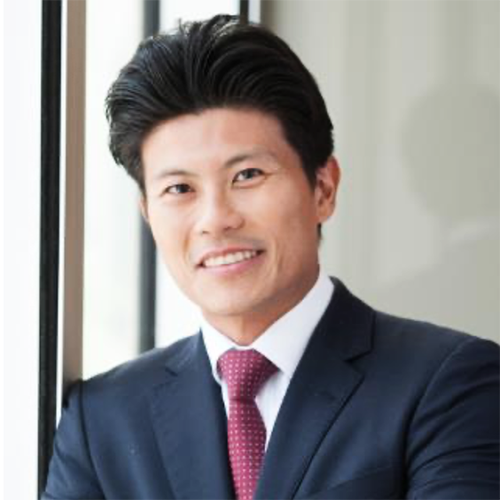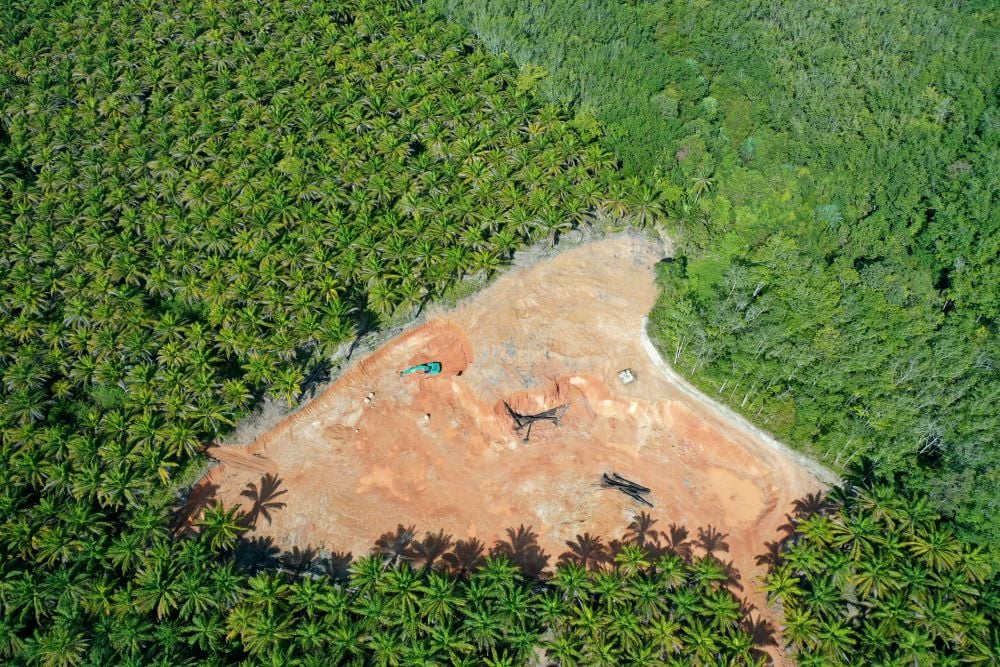In a global market where single asset portfolios such as equity, fixed income or commodities are subject to either low returns, high volatility, high risk, or all of the above, multi-asset funds provide another option for investors who want relatively stable returns with less volatility.
By spreading asset allocation among a variety of asset classes instead of concentrating on just one asset class, multi-asset funds have provided a form of diversification, hence reducing overall risk to the portfolio. In terms of return, most multi-asset funds have targeted a conservative level of cash plus 4%, basically making them a “cash substitute.” Historically 4% has been the return generated by US and UK equities on top of risk-free assets.
But in the light expectations that the low-yield environment will remain for a prolonged period investors and asset managers hungry for yield are seeking ways to get more out of their multi-asset portfolio than just cash plus 4%.
Barings, the newly-created entity that has resulted from the merger of Barings Asset Management (BAM) with three other units of the Mass Mutual Life Insurance Company (Mass Mutual), seeks to expand the capability of their multi-asset portfolio beyond being mere cash substitute to an “income” focused product.
In an interview with The Asset, Marino Valensise, head of Barings Multi Asset Group and chairman of the Strategic Policy Group, says the firm has launched a new multi-asset strategy that emphasizes the production of income over cash plus 4%.
“The Baring Global Multi Asset Income Fund has the same asset allocation, it has very similar positions, but the fund's main objective is to achieve 5% payable income every year. The secondary objective is Libor plus 4%. To avoid paying income from capital the fund focusses mainly on income-generating assets. The goal is that the monthly payout to the fund's investors is wholly covered by income received from the fund,” Valensise says.
Another recent addition to Barings' multi-asset fund range is the Baring Dynamic Absolute Return Fund, a long-short fund launched on June 23 this year. What makes this fund unique is that its strategy is a sharp departure from Barings philosophy of being a long-only institutional investor.
The Baring Dynamic Absolute Return fund, is still in the process of building its track record but it will be subject to the same asset allocation, risk budgeting guidelines, with volatility expected to average around 7%.
Before the merger Barings is traditionally known in Asia as an equities house although it had its own well-established multi-asset strategy managed in the UK.
BAM’s merger with Babson Capital (Babson), Cornerstone Real Estate Advisers LLC (Cornerstone), and Wood Creek Capital Management LLC (Wood Creek) gives the merged Barings additional capabilities in real estate and alternatives which the multi-asset team will leverage on. Babson specializes in fixed income investing while Cornerstone specializes in real estate and Wood Creek specializes in alternatives investing.
Following the merger, Barings plans to add headcount to the asset allocation team and cut costs related to the use of external fund managers.
“The intention of the senior management is to build an even stronger set of resources, it is likely that we are going to hire a person in Hong Kong on the asset allocation side and potentially more in the future,” Valensise says.
Barings’ multi-asset team is also currently using external fund managers for part of their high-yield bond and real estate portfolios. Part of Babson’s expertise is high yield funds.
“There is no reason we should pay third party managers when we now have a market leading high-yield team at Barings. We will look at our high-yield in-house team and transfer some of our high yield exposure from the third party manager to the in-house manager. We will save money for the unit holders of our fund,” Valensise says.
The multi-asset team is also seeking to do the same for its real estate portfolio with a view to transferring it to the team from Cornerstone.
According to Valensise, Barings multi-asset offering began in 2002 with the launch of the Diversified Growth Fund (DGF) in the UK.
The DGF is designed to deliver equity like returns with a level of volatility lower than that of equities. To achieve these returns, the DGF has allocations to a combination of different asset classes including bond, equities, commodities and alternatives. At that time, DGF was considered one of the few innovative strategies in asset management.
“The equity-like return in all these years has almost been codified at cash plus four percent because if you go back 100-150 years in the UK and the US you see that equities have deliver more or less four percent on top of risk free assets,” Valensise says.
As part of their de-risking efforts, UK pension funds which are mainly defined benefit schemes, have been reducing their equity portfolios and increasing their allocation to multi-asset strategies like the DGF to diversify their portfolio. Between the years 2002 to 2007, BAM also managed a variety of multi-asset segregated portfolios.
Over the years, the success of DGF and other multi-asset strategies has generated a new asset class alongside single asset classes such as equities, fixed income, and commodities.
In January 2007, Barings launched the Dynamic Asset Allocation (DAA) fund which Valensise co-manages. Similar to DGF in terms of investment strategy, DAA aims to achieve an absolute return of 4% in excess of cash based on the 3-month sterling LIBOR. The fund has £1.8 billion in assets under management (AUM) as of August 31 2016.
Barings has since expanded its multi-asset portfolio by launching Asian and European versions of the DAA.
In May 2013, Barings launched the Baring Asia Dynamic Asset Allocation fund denominated in US dollars with US$37.30 million as of August 2016. In March 2013, it launched the Baring Euro Dynamic Asset fund denominated in euro €54.65 million in AUM as of October 14 2016.
With the integration, Barings has become one of the world’s largest and most diversified asset management organizations with US$275 billion in client assets under management, 1,700 employees in 41 offices across 17 countries, and over 600 investment professionals globally across a broad range of asset classes.
Following the merger, each investment area will have dedicated leadership. Russ Morrison, former managing director at Babson, has been appointed presidentof the merged entity and global lead of global fixed income, equity and multi-asset.








